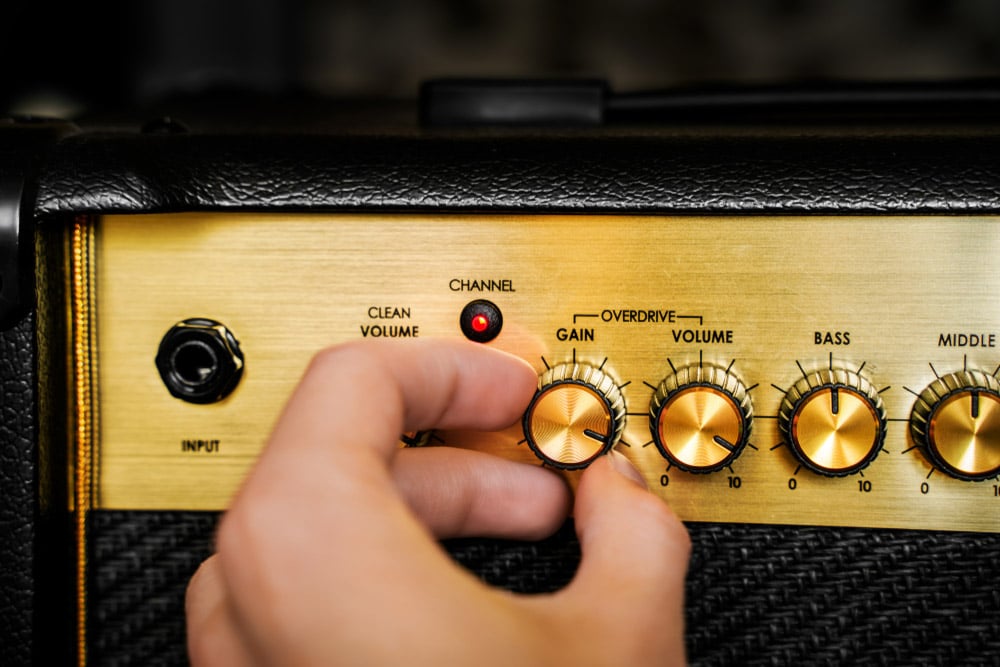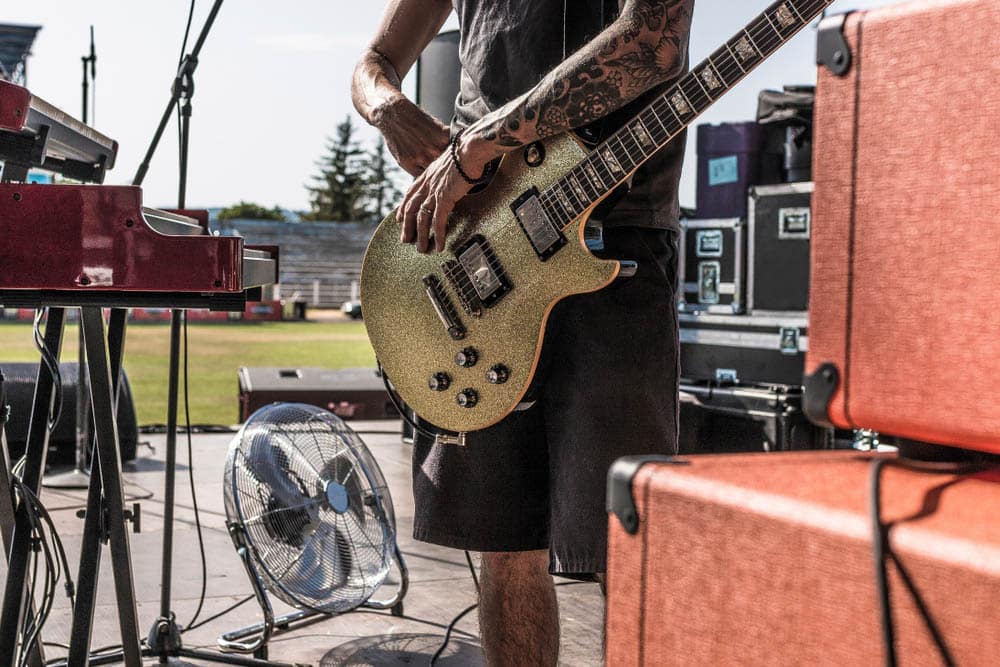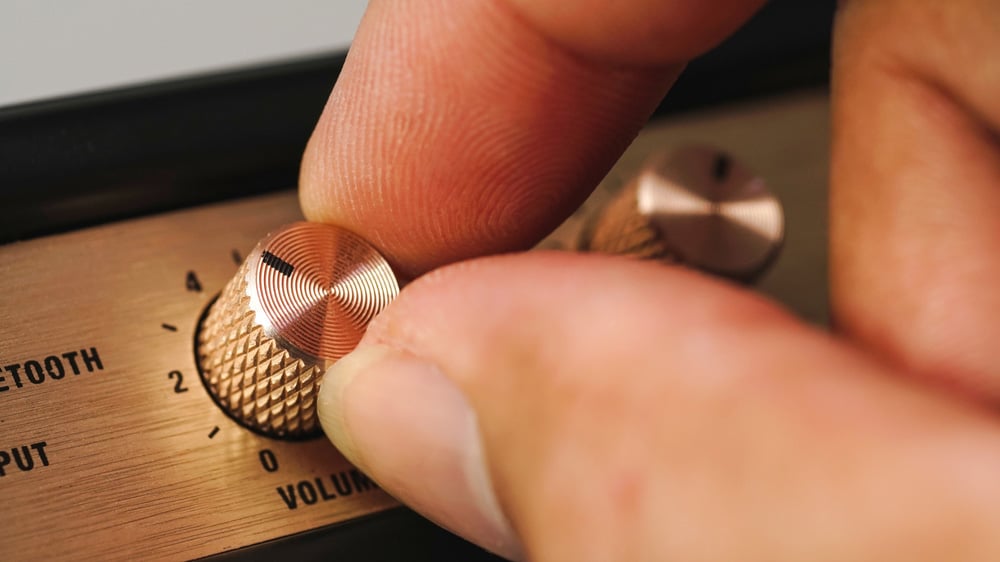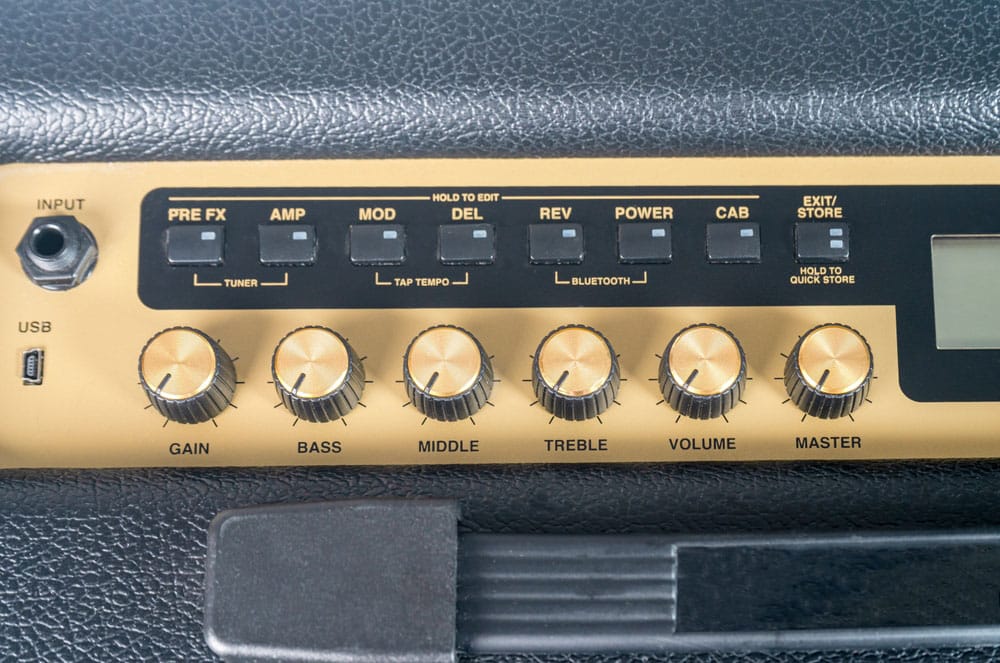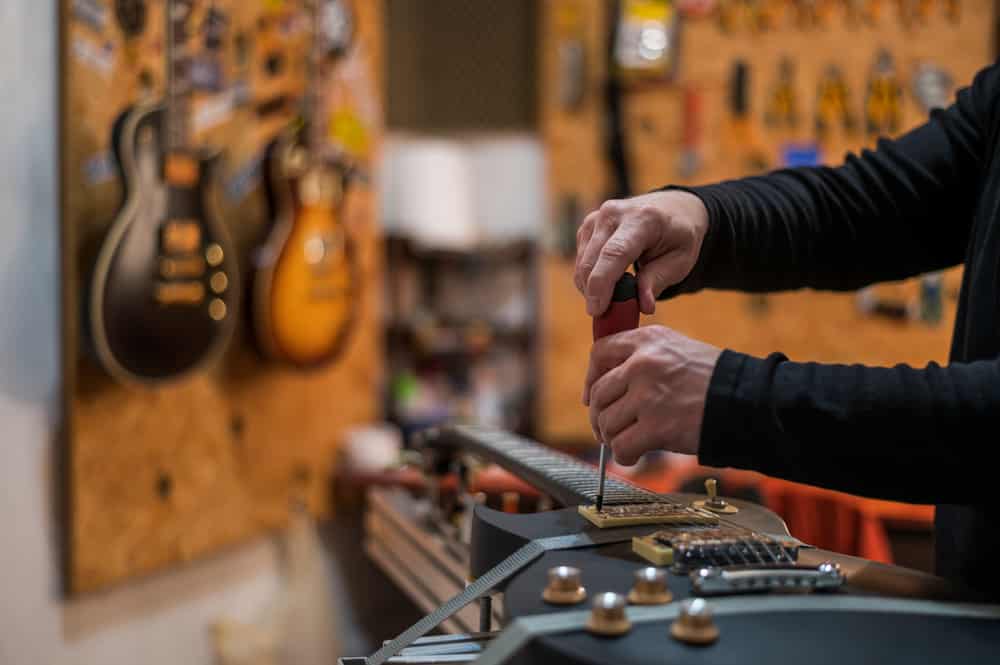
If you are a music fanatic and a born guitarist, you would know that playing the instrument can be tricky. However, if you are looking to drop beats flawlessly, you also need to know your guitar and its amplifier a bit more personally because they need to be aligned according to their needs.
This will help you jam with perfection without worrying about sound distortion and other feedback-related problems. Before diving into any feedback problems that the guitars often face, it is critical to understand what they are.
What is guitar feedback?
When you have a jam session planned with your friends or band members, you will need to plug in the instrument with the amp. This will amplify the signals in a loop, meaning the signals will go back to the guitar and it will become amplified so loud that you can hear it.
All this can happen within seconds and is instant. The loop happens so fast that it ends up creating frequency resulting in some problems during a jam session.
Things To Note About Feedback Problems
If you are a new guitarist, perhaps you have little to no idea how feedback can become problematic during high-intensity jamming sessions. It is mind-boggling and confusing when you have all the new equipment, yet there is a problem.
Perhaps you are playing the guitar, and a loud shriek throws you off your game, that screech is what you should call feedback, but the difference is that it should not sound like it. It happens mainly due to the audio input device (amp) and the guitar.
You will find that many guitars will talk about feedback with a negative tonality only because it alters their whole jamming experience. Since there are howling sounds and loud shrieks that can ruin the tunes for you, it is a problem you would want to eliminate immediately.
Normally such type of issues happen for various reasons, and you need to understand them before you find a fix for it. Feedback issues can range from multiple sources, and each source has a different solution.
Electric Guitar Feedback Problem Troubleshooting
- High Gain
One of the most common reasons for bad feedback while jamming is when the gain is too high for your amplifier. The whole sound can ruin your music experience. You will need to fix this issue as soon as possible before it worsens and affects your live performances.
You can fix this by toning down the gain control by a notch, which can help you fix the problem for the time being. This is an easy fix for your guitar’s high gain issues that should allow you to resume your jam sessions in a jiffy.
- Ringing Out
Sometimes the frequencies are over looping, which causes a distorted sound ruining the whole jamming experience. You may look frantically at your amplifier, but nothing makes sense. Ringing out is a well-known technique used by music technicians to even out the sounds by reducing the level of frequencies created by feedback.
You can achieve this by going towards the equalizer and pulling down the frequency to the desired level. There are different frequency ranges for different distorted feedback, such as for hoot and howl sounds. Hence you will need to try and error in this regard to manage the problem.
- Know Where To Stand
You may be experiencing the screeching sounds that disturb the whole jam session; however, the good news is that you can fix the feedback problems alone. No need to spend an arm and a leg on professionals to help you fix the issue for you. All you need to do is test a little before you start your jamming session.
One of the most cost-effective methods to eliminate such issues is to understand that you need to stand in the right place and align yourself with the amplifier. Either you can move away from the amp or stand in a different direction, eliminating the feedback.
This should be the first step before you test out any other method or even pay hefty amounts to fix your guitar or amp.
- Maintain the Distance
Perhaps when you are planning to go live with your audience on stage, you realize that you are getting horrible feedback from your devices; this can be seriously embarrassing when you are in front of a blazing audience.
What can you do in a situation like that? You cannot stop the show because it must go on, hence you need to find a solution instantly. In such situations, it is recommended that you stand farther away as much as you can from the amplifier.
Check how long the chord is, and go as far as the chord allows you to. You should also purchase more longer chords before a live show to avoid such problems.
- Sing Close To The Microphone
If you are jamming live in front of your fans, and have also tried maintaining distance from the amplifier but nothing worked in your favor, the good news is that you still have some tricks up your sleeves to fix the feedback problem.
One of the best and most harmless ways to eliminate those shriek sounds is to use directional microphones. Sometimes you can also start singing very close to the microphone; ideally, you should be kissing it to get rid of the feedback.
Furthermore, between performances or jam sessions, it is recommended that you switch off your microphones and let them have some rest; this will also equalize the signal and lower its frequency.
- Lower Down The Speaker Output As Much As You Can
Many musicians complain that they have tried everything, yet all else failed. However, there are many ways you can get rid of the distorted feedback that is now your enemy. One of the easiest ways to fix the issue is to lower the speaker’s output.
There are some devices that you can also buy in order to connect them between the amp and the guitar that will help to reduce the number of audio frequencies that occur in a feedback loop, helping you to have a smooth jamming session.
- Amp Placement
Sometimes it becomes super hard to get to the bottom of the problem, however, it is right there in front of us. Feedback problems can occur if your amplifier is not placed in the right place. Most guitarists will make the mistake of placing the equipment on the floor, which is not the smartest thing to do.
Having the amp on the ground is the main reason you are facing issues while you jam. In such a situation you must place the amp on a wooden table or on a chair, however, if you are jamming at home, you can also place the amp on a carpet.
This will help to reduce the reverberations that are making their way out of the amplifier. That should fix all the problems for you.
- Change the Levels On Your Guitar Or Amp
If all else fails and you still do not have a solution in your hand, then the only thing that can fix your problem is when you change the levels on the equipment, including your guitar and the amp. However, note that this will take you some time since you will need to get the right combination.
Note the following knobs before you start tweaking the levels:
- Gain
- Bass
- Treble
- Volume
If you change the levels on each of your instruments, it can completely fix all the feedback issues; however, you need to understand how each level works and how it controls the gains.
Conclusion
When it comes to fixing feedback, then there are many ways to do so; however, ensure that you start from the basics, which is to position the amp further away from you. Sometimes you need to maintain a certain distance from the amp in order to break any feedback that you are getting.

